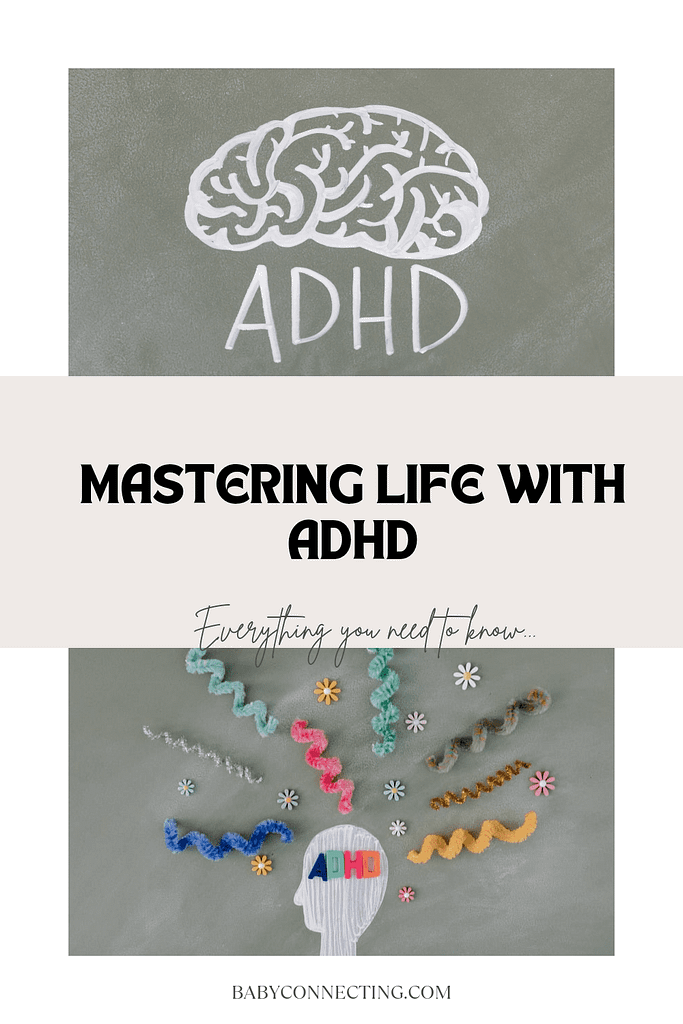“Effective Strategies to Stop Whining in Children: Expert Tips from a Pediatrician”
Introduction:

Whining is a common behavior in children that can be frustrating for parents to deal with. Understanding why children whine and knowing effective strategies to address it can help improve family dynamics and promote positive communication. In this article, we’ll explore expert advice from a pediatrician on how to stop whining in children. We’ll provide practical tips in easy language, supported by research references, to empower parents in managing this challenging behavior.
Understanding Why Children Whine:
Before we delve into strategies to stop whining, it’s essential to understand why children engage in this behavior. Children may whine for various reasons, including:
1.Communication:
Whining is often a way for young children to express their needs or desires when they lack the vocabulary or communication skills to do so effectively.
2. Attention-Seeking:
Children may whine to attract attention from parents or caregivers, especially if they have learned that whining leads to a response.
3. Frustration or Discomfort:
Whining can be a sign of frustration, discomfort, or fatigue, particularly when children are unable to express their emotions verbally.
4. Habit:
Some children may develop a habit of whining as a learned behavior, especially if they receive attention or rewards for doing so.
Strategies to Stop Whining in Children:
Now that we understand why children whine, let’s explore effective strategies to address this behavior:
1. Set Clear Expectations:
Establish clear rules and expectations regarding acceptable behavior, including a zero-tolerance policy for whining. Consistently enforce these expectations with gentle reminders and positive reinforcement for compliance.
2. Teach Alternative Communication:
Encourage children to use words or gestures to express their needs and emotions instead of resorting to whining. Model appropriate communication and praise children for using alternative methods effectively.
3. Acknowledge Feelings:
Validate children’s feelings by acknowledging their emotions and offering empathy. Let them know that it’s okay to feel frustrated or upset but emphasize the importance of using respectful communication.
4. Provide Positive Attention:
Reinforce positive behavior by giving children attention and praise when they communicate effectively or express themselves calmly. Avoid inadvertently rewarding whining with attention or concessions.
5. Offer Choices:
Empower children by offering them choices within reasonable limits. By giving them a sense of control over certain aspects of their lives, they may feel less inclined to resort to whining to assert themselves.
6. Use Time-Outs Sparingly:
Reserve time-outs for situations where whining persists despite other interventions. Explain the reason for the time-out calmly and briefly, and ensure that it is used as a tool for reflection and self-regulation rather than punishment.
7. Stay Calm and Patient:
Respond to whining with calmness and patience, even when it tests your patience. Avoid escalating the situation with anger or frustration, as this can reinforce the behavior and undermine your efforts to address it.
Research References:
1. Rothbart, M. K., & Bates, J. E. (2006). Temperament. In W. Damon (Ed.), Handbook of child psychology (6th ed., Vol. 3, pp. 99–166). Wiley.
2. Neece, C. L., Green, S. A., & Baker, B. L. (2012). Parenting stress and child behavior problems: A transactional relationship across time. American Journal on Intellectual and Developmental Disabilities, 117(1), 48–66.
Conclusion:
Whining is a common behavior in children, but with patience, consistency, and understanding, parents can effectively address it. By understanding the reasons behind whining and employing positive strategies such as setting clear expectations, teaching alternative communication, and providing positive attention, parents can help children develop healthier ways of expressing themselves. Remember that addressing whining requires time and effort, but with persistence and support, parents can help their children learn to communicate effectively and navigate their emotions in a constructive manner.


